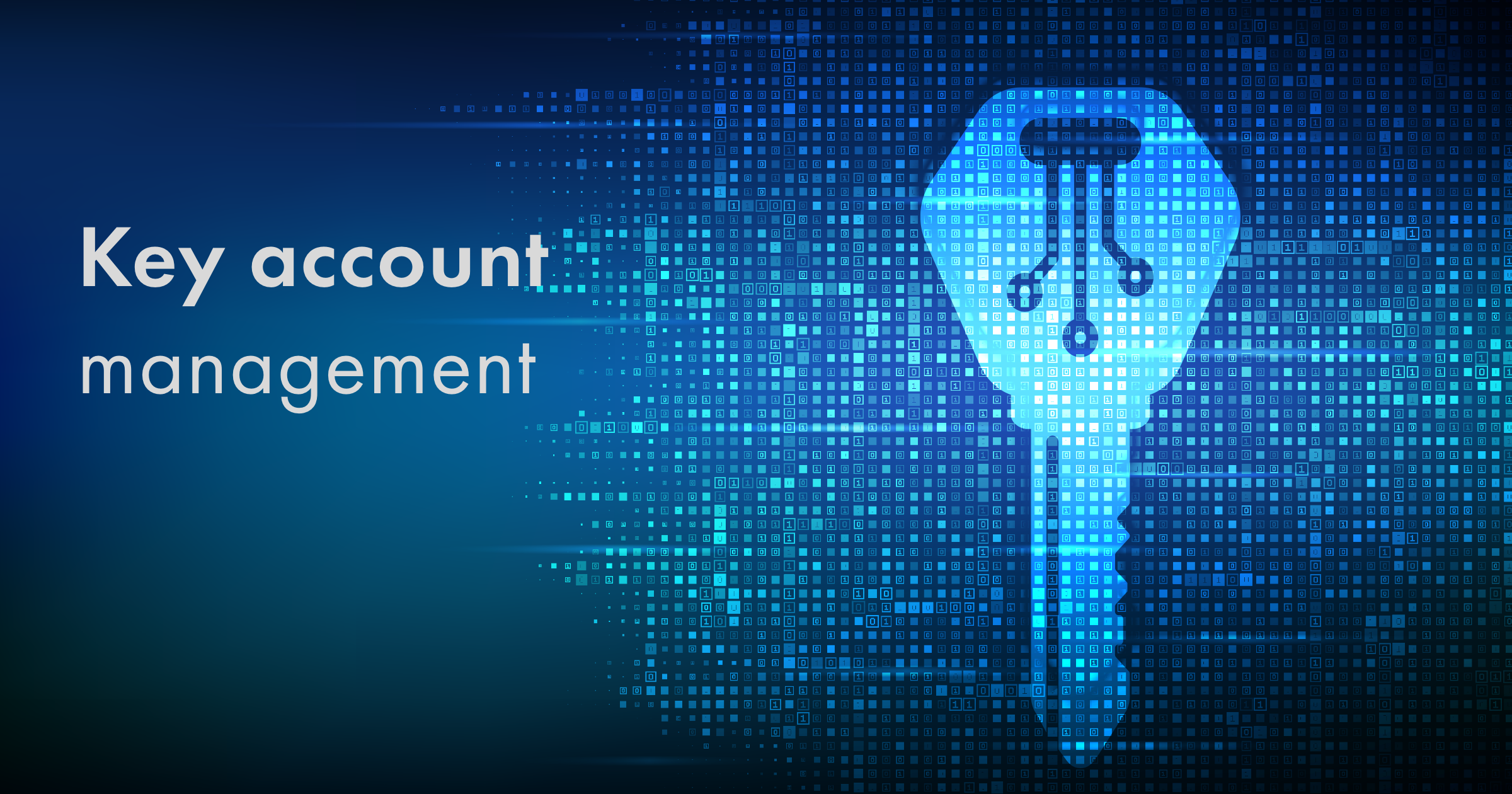For any organization to survive and achieve long-term growth, it needs a loyal customer base that it can rely on in order to keep business revenue and profits in continuous flow. The principle of Key Account Management (KAM) aims to achieve just that, with the goal of maintaining strategic relationships with valuable customers/accounts that can prove to be a major source of profitability in the long run. However, the end goal of key account management should not just be to maintain relationships with valuable customers but to also bring relationships stages from the initial sales-generating point to a point of maximum profitability.
The Crucial Role of Key Account Management
Key account management (KAM) plays a crucial role in business sustainability and profitable financial performance. If an organization has certain customers/accounts that are contributing a significant portion of its revenue monthly/annually, then it is clear that losing them could prominently affect its profitability. Not only that, but it could impact the business’s long-term goals and expansion plans. Thus, key accounts play a crucial role in making sure the business stays on the right track towards growth, profitability, and sustainability.
Developing Key Relationships with Key Accounts
Depending on the services/products your organization offers, there are different tactics to develop key relationships with key accounts. Here are some common ones in this perspective:
- Identifying Individual Customer Needs
The difference between treating a customer as a regular sales account and treating him/her as a key account can make all the difference. But to make this difference, you need to analyze the individual needs of your customers and give them personalized treatment. By identifying the personal needs of the key accounts and giving them a customized solution, key accounts can be made to feel special and valuable.
- Gaining Product/Service Knowledge from Key Accounts
The most effective way of maintaining key accounts is by identifying how your business is and can create value for the customer/account, and in return, make them rely on you for the long term. This implies that you should have a clear understanding of why key accounts are relying on your product/service and what needs you are fulfilling for them. This way, you can enhance your business offerings in those areas, resolve any complications they are facing, and become more efficient both quality and service-wise.
Role and Requirements of Key Account Managers
In key account management, one of the major game players is the key account manager. Key account managers play a crucial role in ensuring sustainable relationships with key customers/accounts. They make sure that the most profitable parts of the organization remain sustainable and intact. Some of the key role and requirements of key account managers are as follow:
- Building a detailed understanding of key accounts specific requirements.
- Maximizing key accounts satisfaction (measured monthly through KPIs).
- Increasing upsell & cross-sell targets for the assigned key accounts.
- Meeting monthly/annual sales targets.
- Acting as the intermediary between the business and key accounts in matters such as trust relationships, conflict resolution, etc.
- Keeping a close eye on market trends and sending continuous competitor feedback.
Conclusion
Having an effective key account management (KAM) process helps in better engagement with key customers, giving them personalized treatment, and gaining a competitive edge with respect to the customer account. Eventually, it results in maximizing revenue, ensuring business sustainability, and achieving long-term goals.
